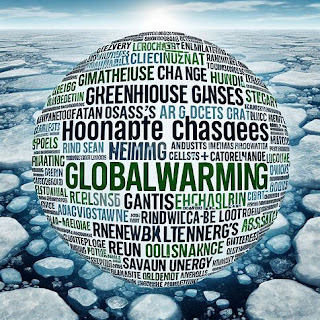Introduction
In today's digital age, viral challenges and memes have become a part of online leadership. They seem to influence us online, influencing our thoughts and often influencing their social plives and mainstream media. This article explores these viral campaigns and meme cultures, delving into their origins, their impact on people, and the problems they cause.
What are Viral Challenges and Memes:
Write and share on social media like TikTok, Instagram or YouTube. These activities can range from mild to physical. Viral campaigns gain traction when more people participate and share their experiences (often adding their unique opinions and comments). (text) content is engaging and can be quickly shared on social media. The term "meme" was coined by Richard Dawkins in his 1976 book "The Selfish Gene" to refer to ideologies, behaviors, or messages that are transmitted from person to person. In today's context, memes are often humorous in nature and rely on cultural knowledge to understand and appreciate.
The Evolution of Viral Challenges and Memes
Play a key role in the rise of viral campaigns and memes. Early memes, such as "Dancing Baby" or "All Your Roots Are Us," were simple and generally limited to certain online communities. As social media platforms become more popular, memes and contests spread more easily. Short videos allow users to quickly create and share content, encouraging content to spread like wildfire. Challenges like the Ice Bucket Challenge raise awareness and money for amyotrophic lateral sclerosis (ALS), highlighting the positive side of the disease. Iconic examples such as “Grumpy Cat” and “Distracted Boyfriend” reflect this popular sentiment, often used to understand culture, use humor and social interaction to engage audiences, and engage people from different cultures through human-to-human collaboration.
The Social Impact of Viral Challenges and Memes
It can be a powerful force for positive change, like a love campaign or a meme promoting social justice. Some challenges propagate risky behavior, such as the Tide Pod Challenge, which encourages participants to consume laundry detergent. This trend can be dangerous and raises concerns about the role of platforms and developers in encouraging good behavior. The rapid spread of misinformation memes makes it difficult to control their message or purpose, causing misunderstandings or injury. This has led to discussions about digital literacy and the need to think critically when using online content. Competition style and memes.
The Role Of Social Media Platforms:
The algorithm is designed to favor shared content, which often includes viral content. This can generate feedback that continues to promote popular campaigns and memes, encouraging greater engagement and visibility. Follow rules and warnings to avoid dangerous behavior. The platforms are also working with developers to improve security and efficiency, demonstrating the potential of using social media marketing and memes. They will likely continue to evolve as viral campaigns and memes evolve.
The Future of Viral Challenges and Memes:
Augmented reality (AR) and virtual reality (VR) can create new opportunities for communication and competition. These advances will lead to better creativity and efficiency, but will also raise new questions about security and digital ethics. signature. They have become an important part of communicating and sharing our online experiences. In this model, as in all cultural practices, a balance must be struck between protecting the idea, creating communities, and dealing with the risks and problems they create.
Conclusion:
Social media and memes have revolutionized digital photography, creating new forms of expression and social engagement. While they provide great opportunities for creativity and connection, they also present risks that need to be carefully evaluated. By improving digital literacy, encouraging responsible behavior and fostering a culture of safety, we can ensure that viruses and memes continue to thrive in the world of online response.












.jpeg)
.jpeg)


.jpeg)


.jpeg)
.jpeg)
.jpeg)

.jpeg)
.jpeg)

.jpeg)
